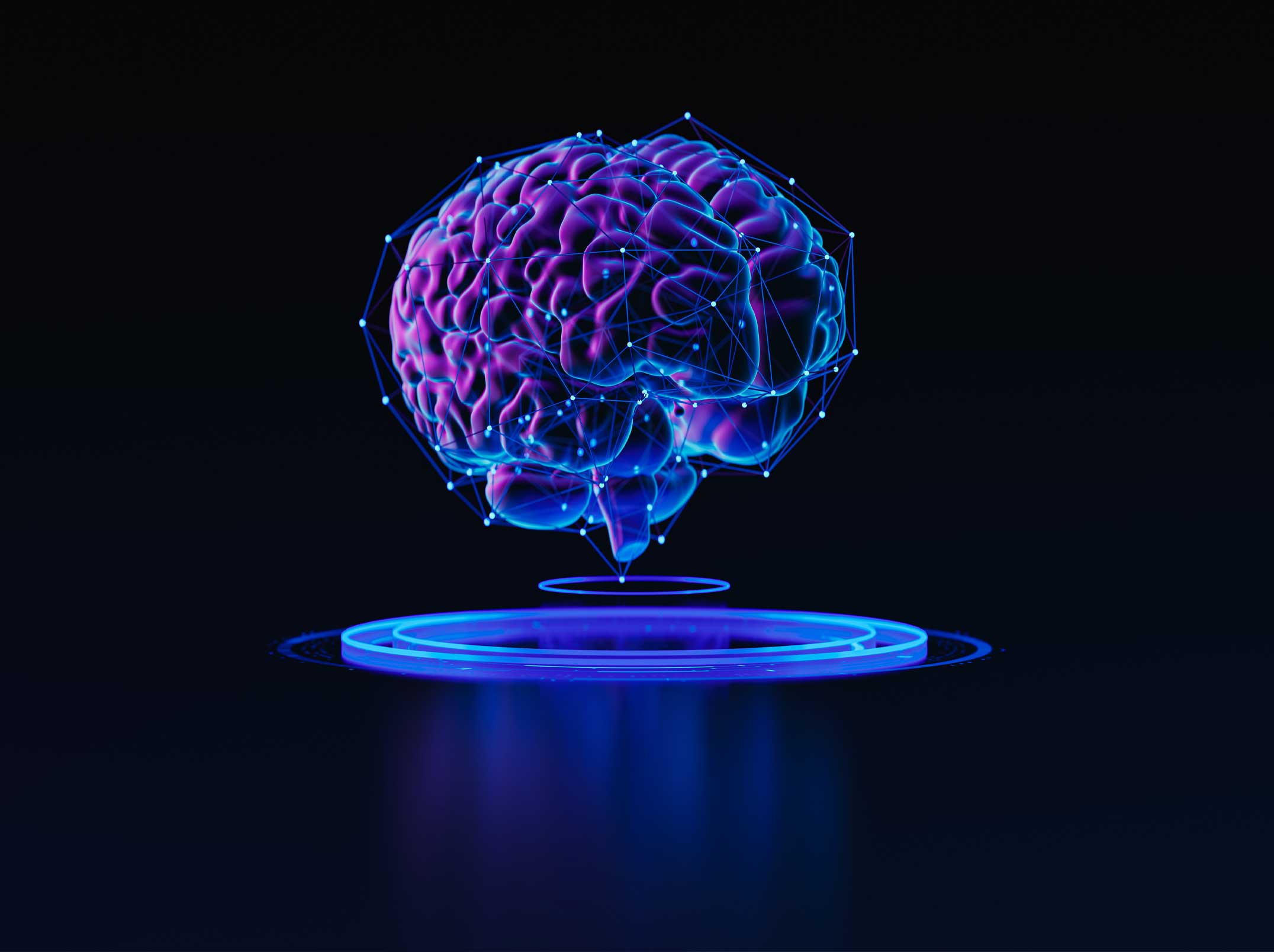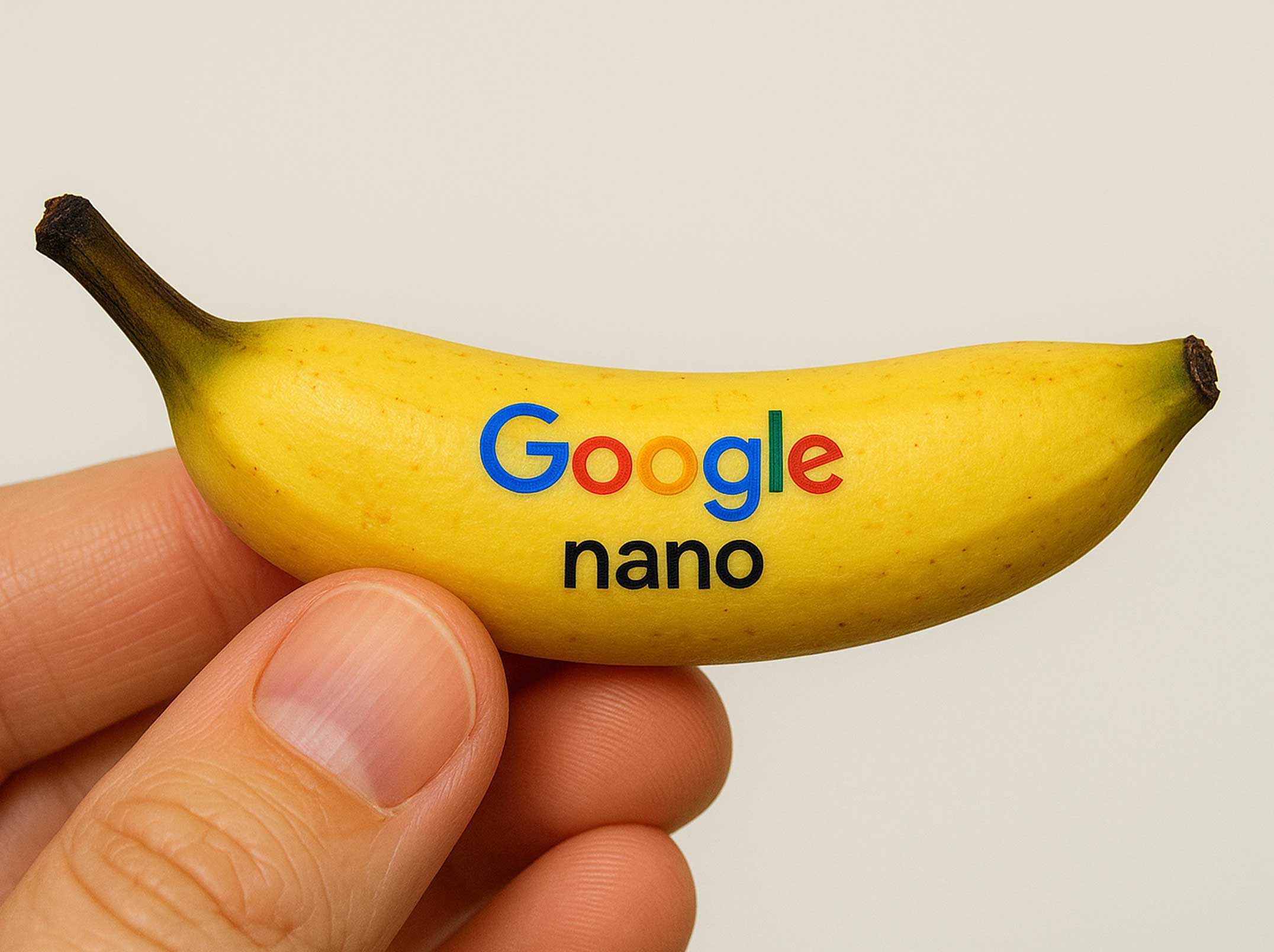Google Updates Robots Meta Tag to Include AI Mode Controls
Google refines Robots Meta Tag to manage AI content in search.

For marketers and business owners navigating the evolving search landscape, a critical development has emerged: Google's recent update to its Search Central documentation. This update formally incorporates "AI Mode" within its robots meta tag specifications, signifying a pivotal shift in how content interacts with Google's advanced AI capabilities. This isn't just a minor tweak; it reflects Google's ongoing commitment to integrating artificial intelligence more deeply into its core search functionalities, with AI Mode gradually rolling out through Google Labs. Understanding these changes is essential for maintaining visibility and optimizing content performance in an increasingly AI-driven search environment.
Enhancements to Robots Meta Tag Documentation
With the introduction of "AI Mode" and the continued evolution of "AI Overviews," Google has explicitly empowered website owners with granular control over their content's visibility within these AI-driven features. The updated documentation outlines crucial directives, expanding the scope of existing meta tags to encompass these new functionalities:
- Nosnippet Directive Expansion: Previously, the nosnippet directive primarily governed how snippets appeared in traditional search results. Now, its reach extends to all forms of Google search results, including standard web search, Google Images, Discover, AI Overviews, and the new AI Mode. This means that implementing nosnippet will prevent your content from being utilized as a direct input for any of these AI-powered features, offering a comprehensive way to opt out of AI-generated summaries.
- Max-snippet Controls: Similarly, the max-snippet rule, which allows you to define the maximum character length for text snippets, now explicitly applies to both AI Overviews and AI Mode. This provides a more nuanced control, enabling website owners to permit a limited amount of content to be used in AI summaries while still encouraging users to click through to the original source for the full context.
These enhancements offer vital tools for content strategists and SEO professionals to manage their digital presence in an increasingly AI-centric search environment. The ability to fine-tune how content is displayed in these AI features will be critical for balancing visibility, user experience, and direct website traffic.
Understanding the Robots Meta Tag
The robots meta tag serves as a pivotal HTML element, providing webmasters with essential control over how search engine crawlers engage with their web pages. Through specific directives like 'index' or 'noindex' and 'follow' or 'nofollow', website owners can precisely manage the indexing and crawling processes for their content. This level of oversight is fundamental for enhancing search engine visibility and ensuring that only the most relevant content is presented within search results.
Implications for Website Owners
The recent integration of "AI Mode" into Google's search capabilities introduces a new dimension for website owners to consider: how their valuable content will be leveraged within AI-generated responses. Properly configuring robots meta tag directives is no longer just about traditional indexing; it's now crucial for managing content's presence in these advanced AI features.
Specifically, webmasters can now utilize these directives to:
- Control Content Usage: The nosnippet directive has expanded its scope to explicitly prevent content from appearing in AI Overviews and AI Mode. Implementing this effectively acts as an opt-out, ensuring that your content is not directly used to formulate AI-generated summaries.
- Limit Snippet Length: For those who wish to allow some visibility while encouraging direct site visits, the max-snippet directive is now applicable to AI features. This allows you to specify the maximum character length for content snippets that AI Overviews and AI Mode can utilize, providing a balance between discoverability and encouraging full article engagement.
These proactive measures empower website owners to maintain strategic control over their content's presentation and usage within Google's rapidly evolving, AI-driven search ecosystem. Failing to adapt these settings could result in unintended content exposure or diminished direct traffic.
The Role of AI Mode in Search
Google's "AI Mode" represents a fundamental shift in how users will engage with search results. Moving beyond traditional lists of blue links, this advanced AI functionality aims to deliver highly conversational and contextually rich responses, directly addressing complex user queries. This evolution, driven by sophisticated AI models, necessitates that website owners gain a clear understanding of how their content may be processed and presented within these AI-generated outputs. Adapting meta tag configurations to align with these changes is no longer optional; it's a critical step for maintaining visibility and ensuring content is utilized in a manner consistent with a website's strategic goals.
Actionable Steps for Webmasters
To effectively navigate Google's evolving AI-driven search landscape, website owners must proactively adapt their strategies:
- Audit and Update Robots Meta Tags: Regularly review and adjust your site's robots meta tags. Ensure they precisely reflect your preferences for content indexing and, critically, how snippets are used in AI features like AI Overviews and AI Mode. This includes strategic use of nosnippet and max-snippet.
- Monitor Performance in Search Console: Leverage Google Search Console to track your content's performance. Pay close attention to how it appears in both traditional and AI-generated results, using this data to refine your meta tag configurations.
- Stay Informed on Google's Updates: Continuously monitor Google's official announcements and documentation. Staying current is essential to ensure your website remains optimized for the latest AI-driven search functionalities and algorithms.
By taking these steps, you can effectively manage your content's visibility and presentation in the age of AI-powered search.
Subscribe to our newsletter
Stay informed with the latest marketing trends, expert insights, and exclusive updates delivered monthly.




